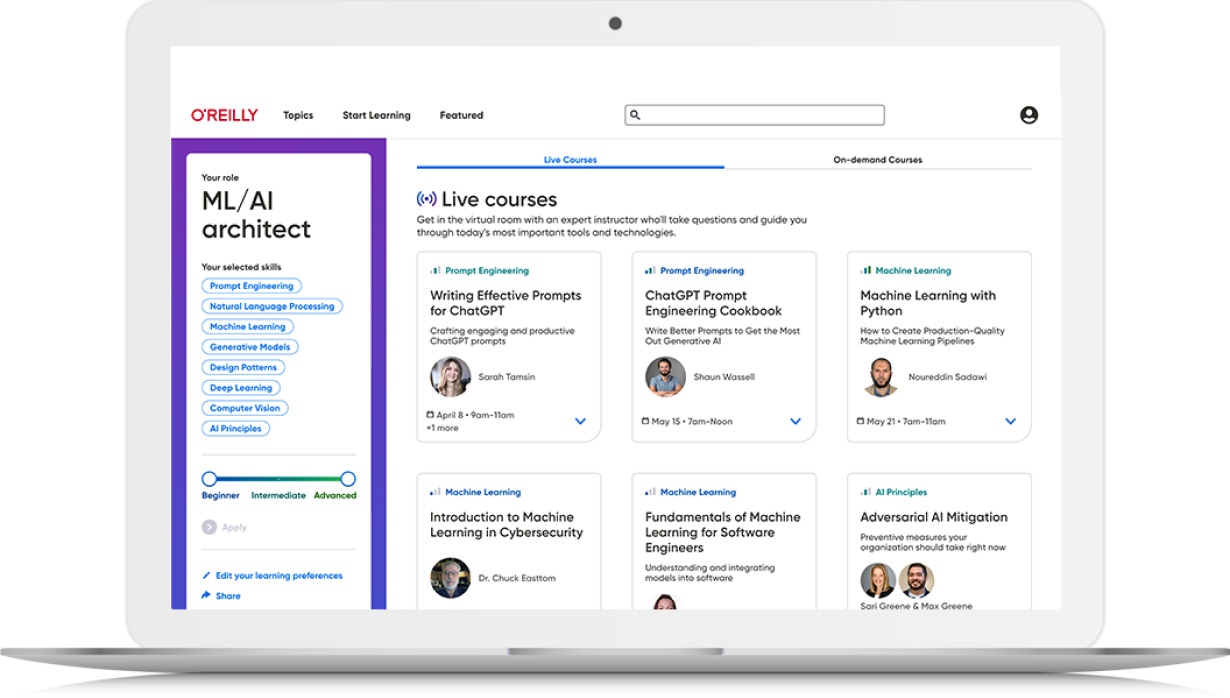Book description
This is the digital version of the printed book (Copyright
© 1996).
Learning the basics of a modeling technique is not the same as
learning how to use and apply it. To develop a data model of an
organization is to gain insights into its nature that do not come
easily. Indeed, analysts are often expected to understand
subtleties of an organization's structure that may have evaded
people who have worked there for years.
Here's help for those analysts who have learned the basics of data modeling (or "entity/relationship modeling") but who need to obtain the insights required to prepare a good model of a real business.
Structures common to many types of business are analyzed in areas such as accounting, material requirements planning, process manufacturing, contracts, laboratories, and documents.
You might also like
book
The Data Model Resource Book, Volume 3: Universal Patterns for Data Modeling
This third volume of the best-selling "Data Model Resource Book" series revolutionizes the data modeling discipline …
book
The Data Model Resource Book, Vol. 2: A Library of Data Models for Specific Industries
A quick and reliable way to build proven databases for core business functions Industry experts raved …
book
Semantic Modeling for Data
What value does semantic data modeling offer? As an information architect or data science professional, let’s …
book
Analysis Patterns: Reusable Object Models
This innovative book recognizes the need within the object-oriented community for a book that goes beyond …

